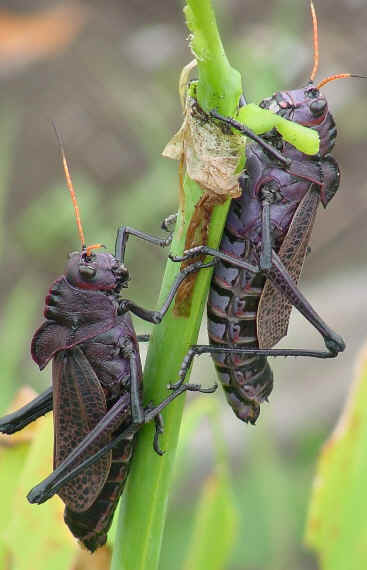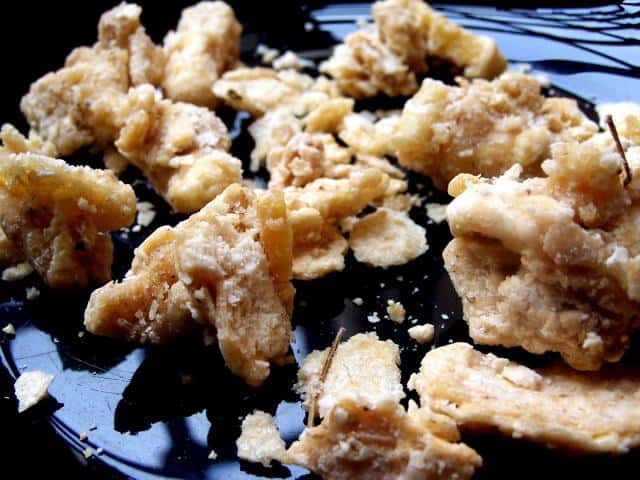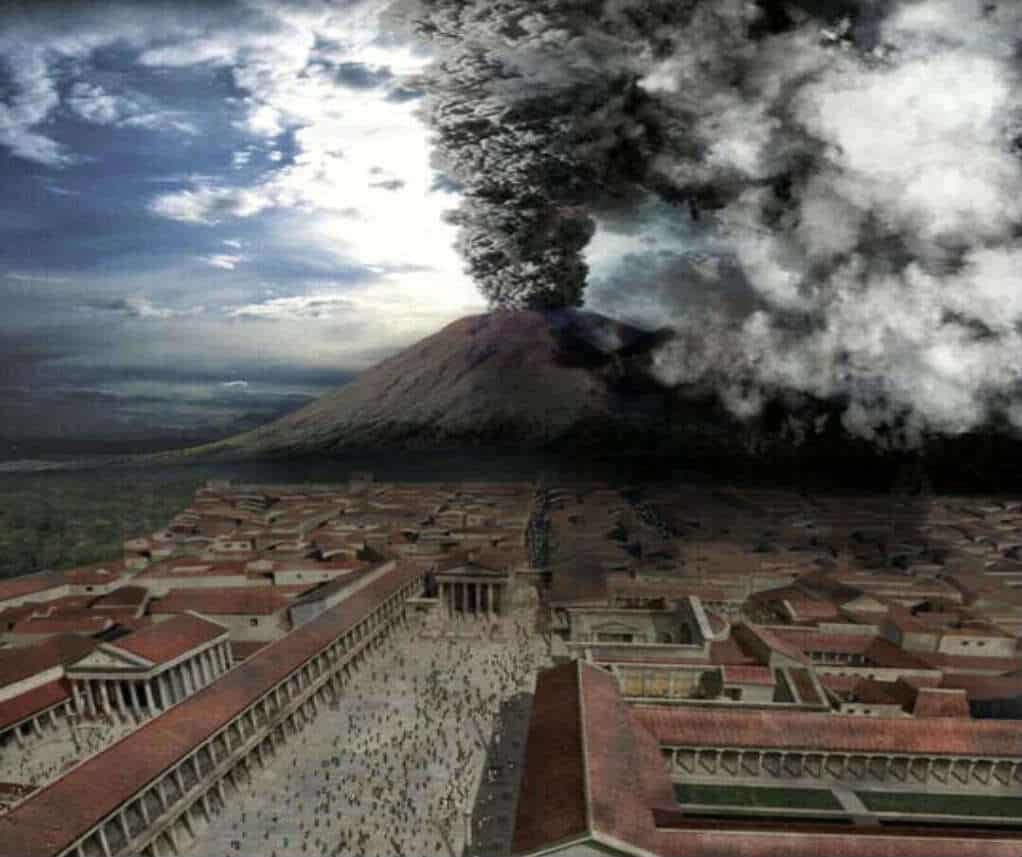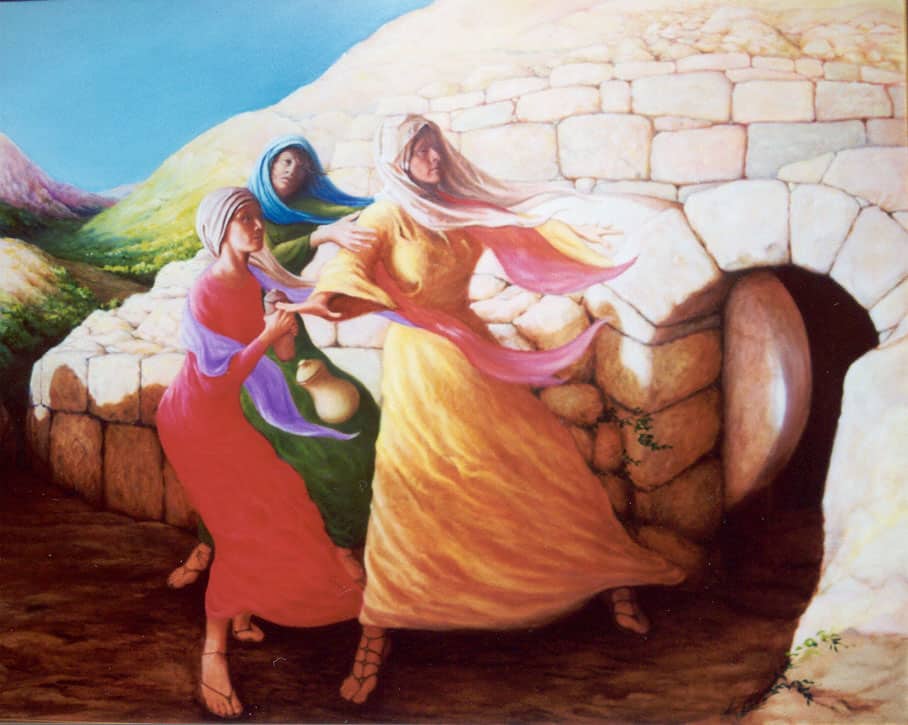Subscribe to TaborBlog in the Sidebar and don’t miss a single post
According to our earliest source the one known as “John the Baptist,” (literally “John the Dipper”) followed a strict ascetic lifestyle reflected most prominently in his austere dress and diet:
Now John was clothed with camel’s hair and wore a leather belt around his waist and ate locusts and wild honey (Mark 1:6; cf. Matthew 3:4).

We also read in a earlier source now embedded in Luke and Matthew, that John, in contrast to Jesus, came “neither eating nor drinking,” or “neither eating bread nor drinking wine.” Such phrases indicate the lifestyle of one who is strictly vegetarian, avoids even bread since it has to be processed from grain, and shuns all alcohol (Luke 7:33-34; Matthew 11:18-19).
The contemporary Jewish historian Josephus recounts the execution of John the Baptist at the desert fortress of Macherus by Herod Antipas in his work Jewish Antiquities, see the passage here. [1]The October 2012 issue of Biblical Archaeology Review had a cover story on the archaeological work that has been done at Macherus and its possible connection to the John the Baptist story, as well … Continue reading According to Josephus, Herod’s main motivation was John’s great popularity with the crowds and the possibility that he could lead an insurrection. Mark gives an alternative account, namely that Herod had John beheaded at his birthday celebration, reluctantly, at the urging of his wife Herodias, following the famously provocative dance of her daughter Salome. Herodias was upset that John was openly condemning her marriage to Antipas as adulterous, since she had been originally married to his brother Philip (Mark 6:16-29).
Josephus describes him as “a good man who commanded the Jews to exercise virtue,” but does not specifically comment on his lifestyle in the Greek version of the Antiquities that is our standard text. There is an Old Russian version of Josephus’s Antiquities, usually referred to as “Slavonic Josephus,” that describes John the Baptizer as living on “roots and fruits of the tree” and insists that he never touched bread, not even the unleavened bread nor the flesh of a lamb, at Passover. [2]See the texts in English here, as well as the translation and analysis of Thackeray in the appendix to the Loeb edition of Josephus
The most commonly held view of John’s diet, based on our text in Mark, is that he ate locusts, a migratory form of the grasshopper of the family Acrididae, still commonly consumed by desert peoples in Arabia. Others have suggested the word translated “locusts” refers to the beans of the carob tree, commonly called “St. John’s bread.” However, the Greek word translated “locusts,” (akris/ακρις) seems to clearly refer to a species of grasshopper. The problem is such eating of “flesh,” even if that of an insect, seems to contradict the sources that emphasize his ascetic vegetarian ideal. Paul, for example, refers to members of the Jesus movement who abstain from eating meat and drinking wine (Roman 14:1-4). We also have traditions that James, the brother of Jesus, practiced a strictly vegetarian lifestyle, which was also common among the Jewish Christian community that became known as the “Ebionites,” see my post here. Somehow “locusts” seem out of place.
A possible solution to this confusion about John’s desert diet is found in the fragments we have of the lost “Gospel of the Ebionites,” as quoted by the 4th-century Christian writer Epiphanius (Panarion 30.13.4-5), who hated the group but fortunately, nonetheless, can’t resist quoting them–thus preserving some precious material. The Greek word for locusts (akris/ἀκρίδες) is very similar to the Greek word for “honey cake” (enkris/έγκρίς) that is used for the “manna” that the Israelites ate in the desert in the days of Moses. According to this ancient text was not locusts but these cakes cooked in olive oil. If this is the case then John would have eaten a cake of some type, made from a desert plant, similar to the “manna” that the ancient Israelites ate in the desert in the days of Moses. This “bread from heaven” is described as “like coriander seed, white, and the taste of it was like wafers made with honey” (Exodus 16:31; Numbers 11:8). This kind of “pancake” baked in oil, and sweetened with honey, would then reflect and emulate the ideal holiness of the desert wanderings of Israel when the people had to look to God alone for “daily bread.”

Given John’s appearance, diet, and ascetic solitary life, one could not imagine a more counter-cultural figure. In our eastern sources John as well as James, the brother of Jesus, are vegetarians, shunning the flesh of any creature. [3]See S. Brock, “The Baptist’s Diet in Syriac Sources,” Oriens Christianus 54 (1970): 113-114. John’s cultural opposite was Herod Antipas, who eventually had him arrested and beheaded. Jesus had contrasted John’s lifestyle with those clothed in soft robes who live luxuriously in kings’ palaces (Luke 7:25). The reference to Herod and his ilk is unmistakable.









Comments are closed.